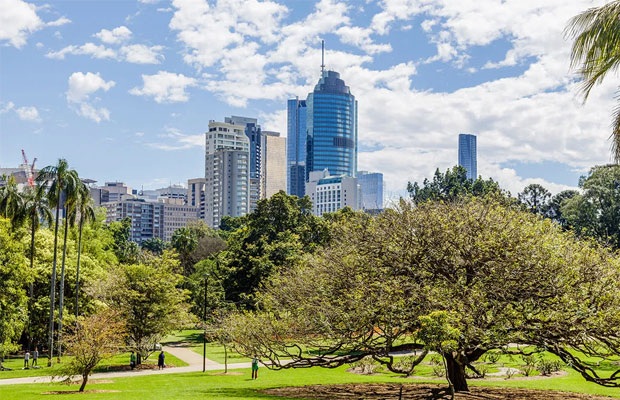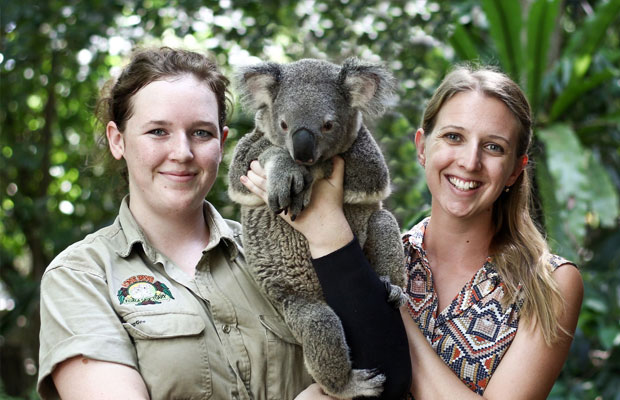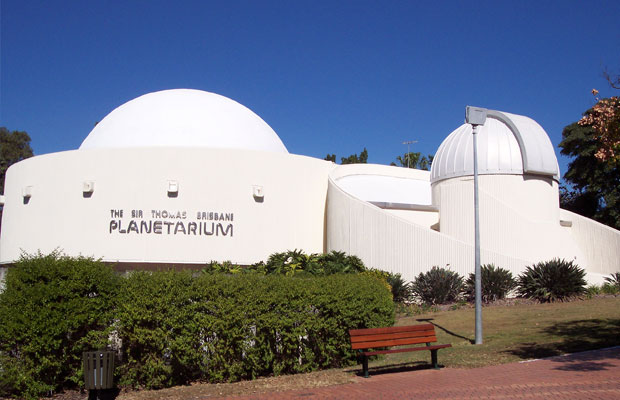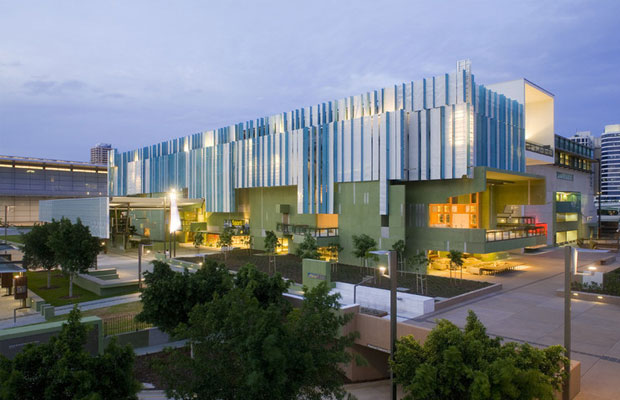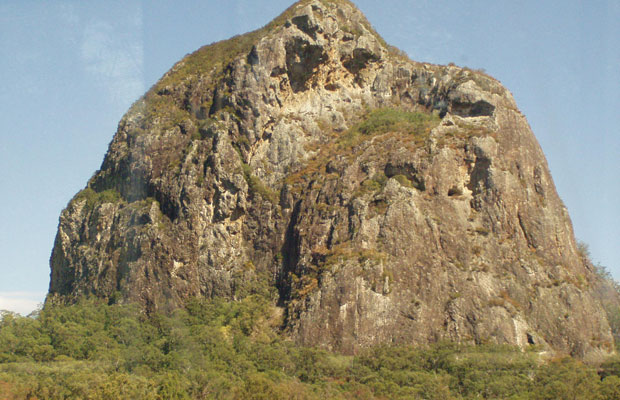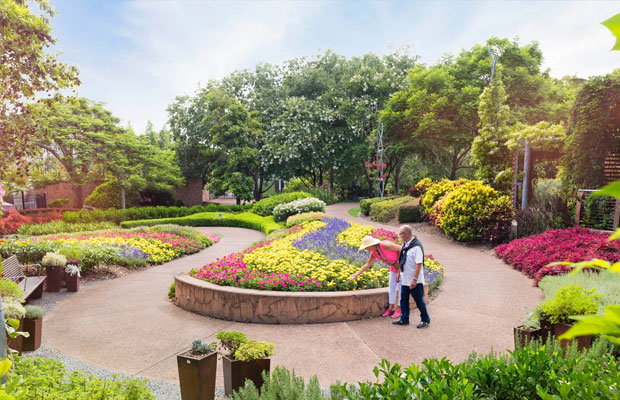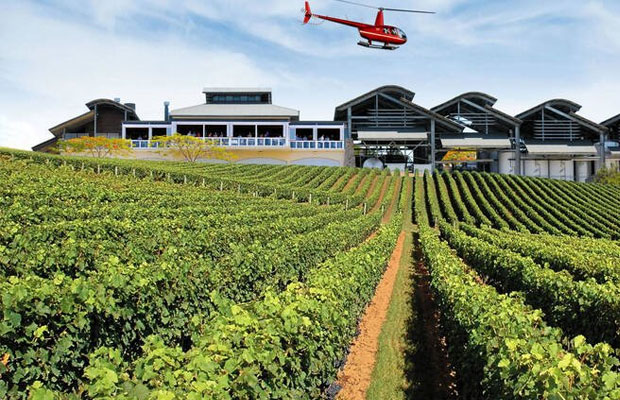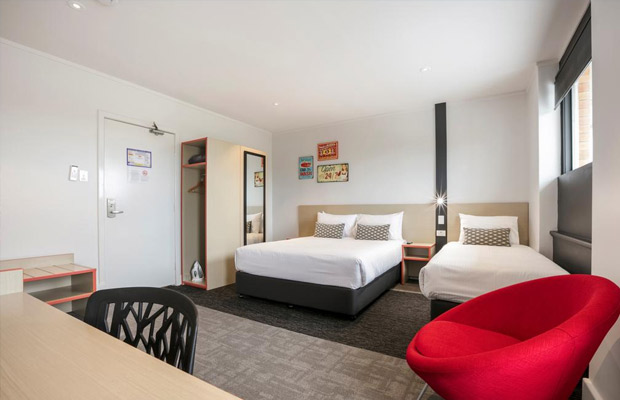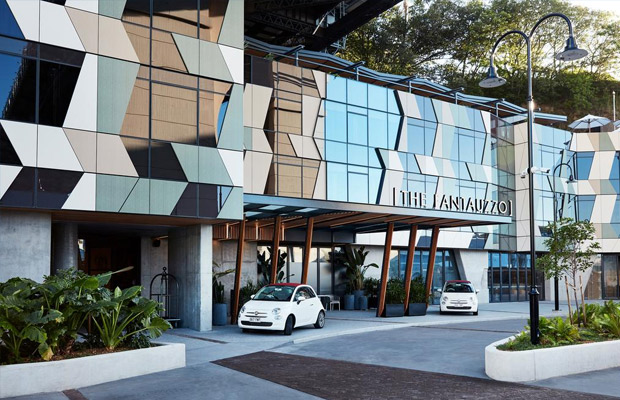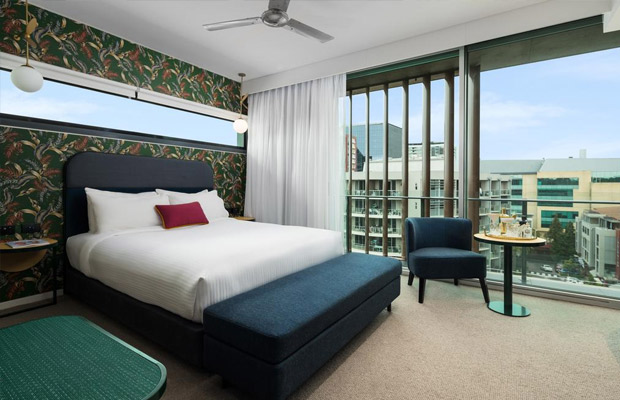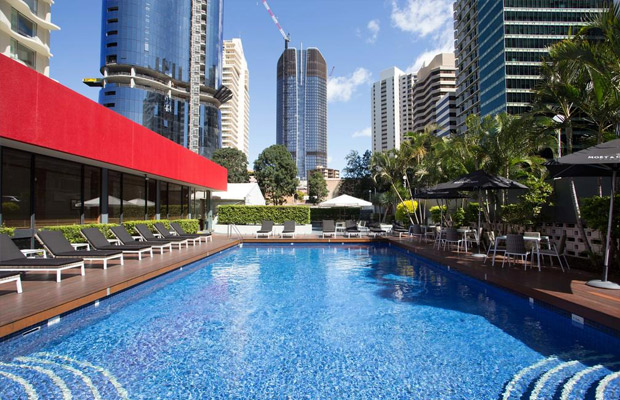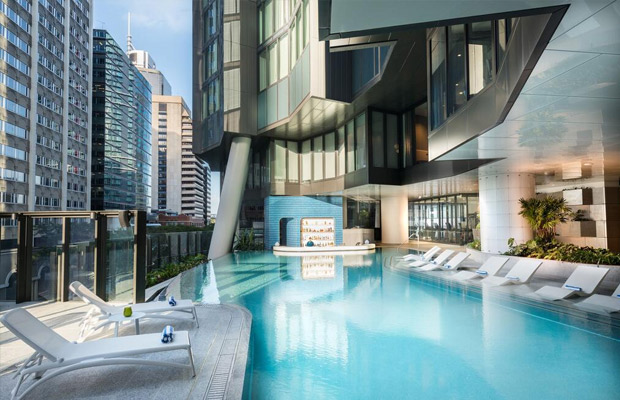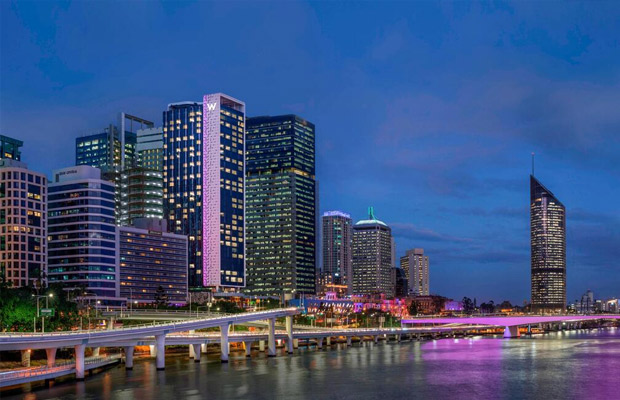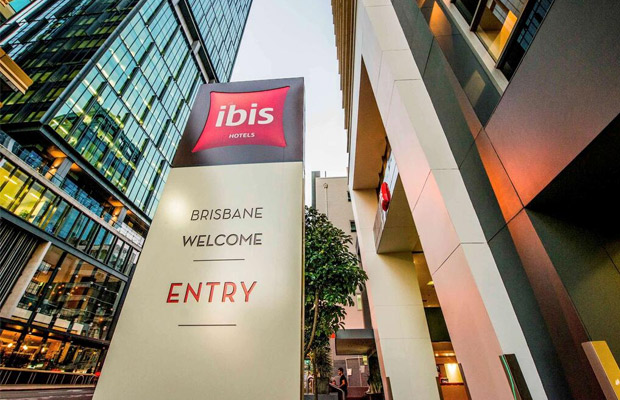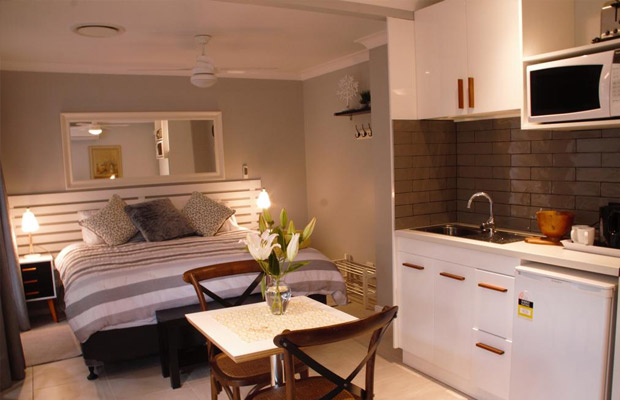Brisbane City Botanic Gardens
Brisbane City Botanic Gardens
Australia
Brisbane
Brisbane Travel Guide
Book Tour & Activities
Your tour in Brisbane.
Book your stay
Your hotel in Brisbane.
Overview
The City Botanic Gardens is a heritage-listed botanic garden on Alice Street, Brisbane City, City of Brisbane, Queensland, Australia. It was also known as Queen's Park.
It is located on Gardens Point in the Brisbane CBD and is bordered by the Brisbane River, Alice Street, George Street, Parliament House and Queensland University of Technology's Gardens Point campus. It was established in 1825 as a farm for the Moreton Bay penal settlement. The Gardens include Brisbane's most mature gardens, with many rare and unusual botanic species. In particular the Gardens feature a special collection of cycads, palms, figs and bamboo. The City Botanic Gardens was added to the Queensland Heritage Register on 3 February 1997. The Queensland Heritage Register describes the Gardens as "the most significant, non-Aboriginal cultural landscape in Queensland, having a continuous horticultural history since 1828, without any significant loss of land area or change in use over that time. It remains the premier public park and recreational facility for the capital of Queensland, which role it has performed since the early 1840s.
History
Much of the present-day Botanic Gardens was surveyed and selected as the site for a public garden in 1828 by the NSW Colonial Botanist Charles Fraser, three years after the establishment of the Moreton Bay penal settlement at nearby North Quay, Brisbane. Originally the gardens were planted by convicts in 1825 with food crops to feed the prison colony.
In 1855 a portion of several acres was declared a Botanic Reserve. In the same year Walter Hill was appointed as curator of the Botanic Reserve, a position he held until 1881.[1][4] He began an active planting and experimental program. Some of the older trees planted in the Gardens were the first of their species to be planted in Australia, due to Hill's experiments to acclimatise plants. The experiments served practical outcomes. Plants with potential commercial value were tested in the gardens, first to see if they were viable, to determine what they needed for growth and if a profit could be made.[5] Hill introduced mango, pawpaw, ginger, tamarind, mahogany, poinciana and jacaranda trees as well as tobacco, sugar, grape vines, wheat, tropical fruits, tea, coffee, spices and textile plants.[6] He encouraged the work of the sugar pioneer John Buhot which culminated in the first production of granulated sugar in Queensland in April 1862.[6] A cairn was erected at the site where the sugar cane was grown. Hill also supported the work of the Queensland Acclimatisation Society which was formed in 1862, and the Botanic Gardens was the propagation and distribution point for the Society's imports.
By 1866 Hill had succeeded in having the extent of the Botanic Gardens enlarged to approximately 27 acres (11 ha). A 10-acre (4.0 ha) strip along Alice Street was not part of the Gardens but served as a park and sporting field known as Queen's Park.[1] Early building work in the area included a Superintendent's cottage in the late 1850s, a platform for a battery of cannon in the early 1860s, a stone and iron fence around Queen's Park in 1865–66 [utilising stone from the old gaol on Petrie Terrace], and a drinking fountain in 1867. The fountain, designed by Colonial Architect Charles Tiffin, was erected only a year after reticulated water from the Enoggera reservoir was introduced to Brisbane. It later became known as the Walter Hill fountain.
A row of figs were planted in the 1870s. Hill also planted avenues of Bunya pines and Cook pines.
Scientific activity was complemented by public recreational use of the Gardens, along with the Domain (on the southern boundary of the Gardens) and Queen's Park. By the 1880s, some of the scientific work previously performed by the Botanic Gardens was being carried out by the Queensland Acclimatisation Society at Bowen Park. The Herbarium and Botanic Library were moved from the Gardens for a period but were returned in 1905 when John Frederick Bailey was appointed Curator of the Botanic Gardens.
Underground electricity supply was installed in 1907.
Extensive dredging of Gardens Point in 1915 removed about 9 acres (3.6 ha) from the Domain (the southern side of Gardens Point) and Botanic Gardens but in the following year the amalgamation of the Gardens, Queens Park and part of the Domain resulted in a new Botanic Gardens of about 50 acres (20 ha).
The extant City Botanic Gardens was formed by the amalgamation of the original Botanic Gardens with the Domain (the southern side of Gardens Point) and Queen's Park in 1916, bringing its total area to around 20 hectares (49 acres) Queen's Park comprised a 10-acre (4.0 ha) strip along Alice Street, which originally served as a park and a sporting field, where regular cricket and football matches were held. The former curator's cottage built for John Frederick Bailey, curator from 1905–1917, is now a cafe.
The City of Brisbane Act of 1924 transferred responsibility for the Botanic Gardens to the Brisbane City Council, but the Herbarium remained as part of the Queensland Department of Agriculture and Stock.
Due to the proximity to the river, the Botanic Gardens have been flooded nine times between 1870–2011. With many plants being washed away, the Brisbane City Council established a new botanic gardens at Mount Coot-tha. Since the opening of the Mount Coot-tha Botanic Gardens in the mid 1970s, the Brisbane Botanic Gardens has become principally a recreational venue. Re-development of the Gardens in the late 1980s saw the introduction of new recreational structures and restoration work on the former Queen's Park fence.
The Gardens were also the home for over 100 years for Harriet, a tortoise reportedly collected by Charles Darwin during his visit to the Galápagos Islands in 1835 and donated to the Gardens in 1860 by John Clements Wickham, former commander of HMS Beagle and later Government Resident for Moreton Bay. Harriet was named in honour of Harry Oakman, curator of the Gardens from 1945 to 1962 and the creator of the (now disbanded) zoo at the Gardens. The zoo closed in 1952. Harriet lived out her final years at Australia Zoo until dying in June 2006.
Address: 147 Alice St, Brisbane City QLD 4000, Australia
Departments: Fairy Trees Brisbane
Hours: Open 24 hours
Phone: +61 7 3403 8888
Video Travel Inspiration
See Brisbane City Botanic Gardens on Map
Most Popular Cities

Siem Reap
Cambodia
Ho Chi Minh City
Vietnam
Beijing
China
Paris
France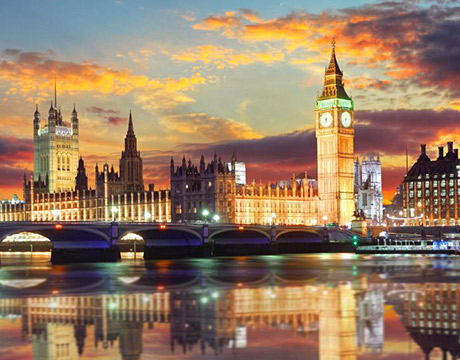
London
United Kingdom
New York
USA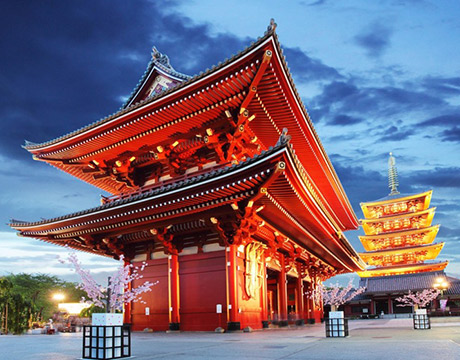
Tokyo
Japan
Bangkok
Thailand
Seoul
South Korea
Vientiane
Laos
Yangon
Myanmar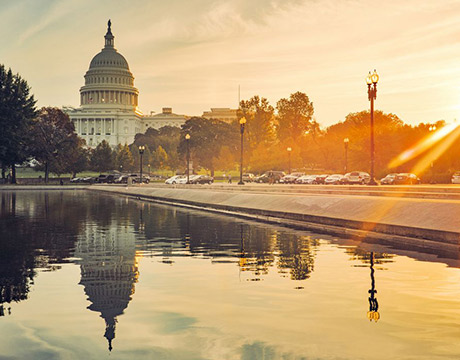
Washington DC
USA
Los Angeles
USA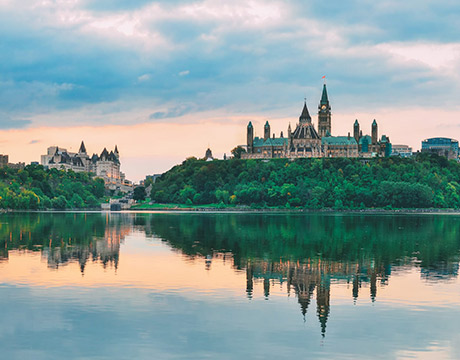
Ottawa
Canada
New Delhi
India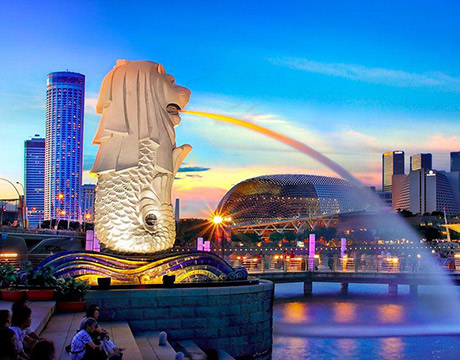
Singapore
Singapore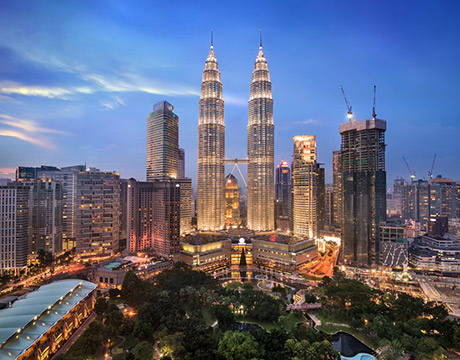
Kuala Lumpur
Malaysia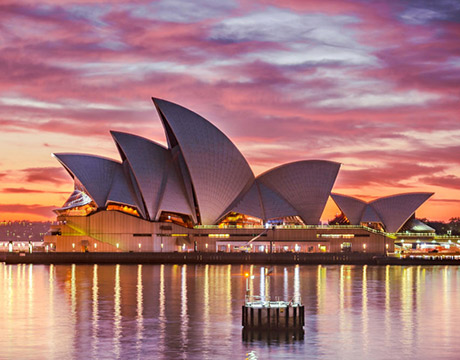
 English
English French
French Khmer
Khmer Thai
Thai Vietnamese
Vietnamese Chinese
Chinese Korean
Korean German
German Japanese
Japanese Italian
Italian Russian
Russian Spanish
Spanish Dutch
Dutch Indonesian
Indonesian Malay
Malay
